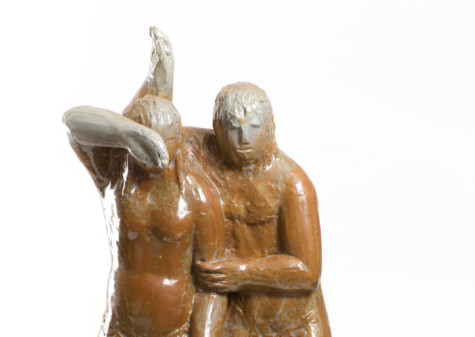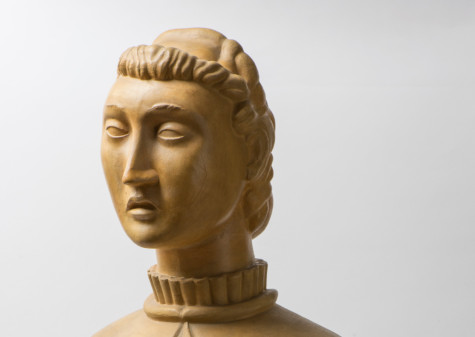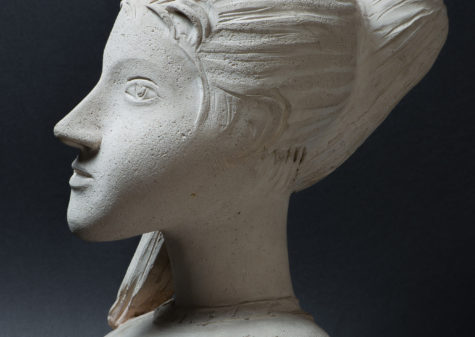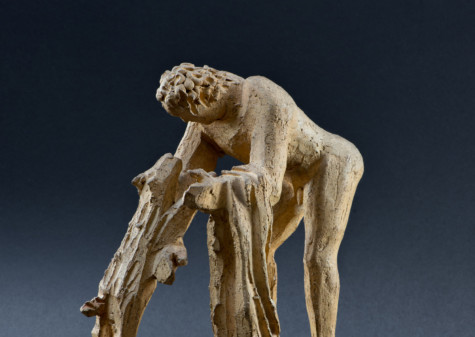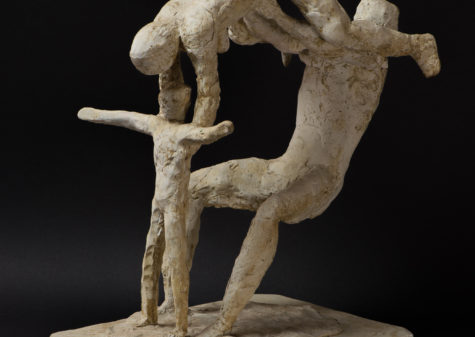The Arturo Martini Collection
The last room focuses on Arturo Martini, one of the museum’s most important collections: the artwork selected covers the whole of the sculptor’s career and is organized chronologically.
The young ‘heads’ The Uncle (1927) and La Scoccombrina (1927), together with The Desperate Woman (1929) and the later La Cicci (i.e. Egle Rosmini, 1937) express the artist’s ability to work with a range of materials (terracotta, bronze, wood) and his extraordinary ability to grasp influences by other artists and movements including from the past (the former two sculptures are decidedly Expressionist in style while La Cicci seems to echo Medardo Rosso’s 19th-century experiments).
From the 1930s onwards Martini developed an artistic language characterized by small figurines (in juxtaposition to the monumental work done as official art for the regime) which sometimes encompasses references to the artistic tradition of previous centuries. This is, for example, the case of The Cart (1933-1934), where a body held up by four men seems to contain allusions to Renaissance Deposition images.
Sometimes, by contrast, the sculptor draws about ancient sacred traditions for a repertoire of images and situations: The Visitation (1936) shows an embrace between two women, while the Prodigal Son (1933) shows a father-son embrace and the Rape of the Sabine Women (1938) depicts a chaotic and frenzied battle scene.
A further three paintings are on show between the windows – The Jockey (1939), Tennis at the Lido (1940) and Green Landscape (1946) – testifying to the artist’s relationship with painting from the 1930s onwards, to mixed critical reception.



